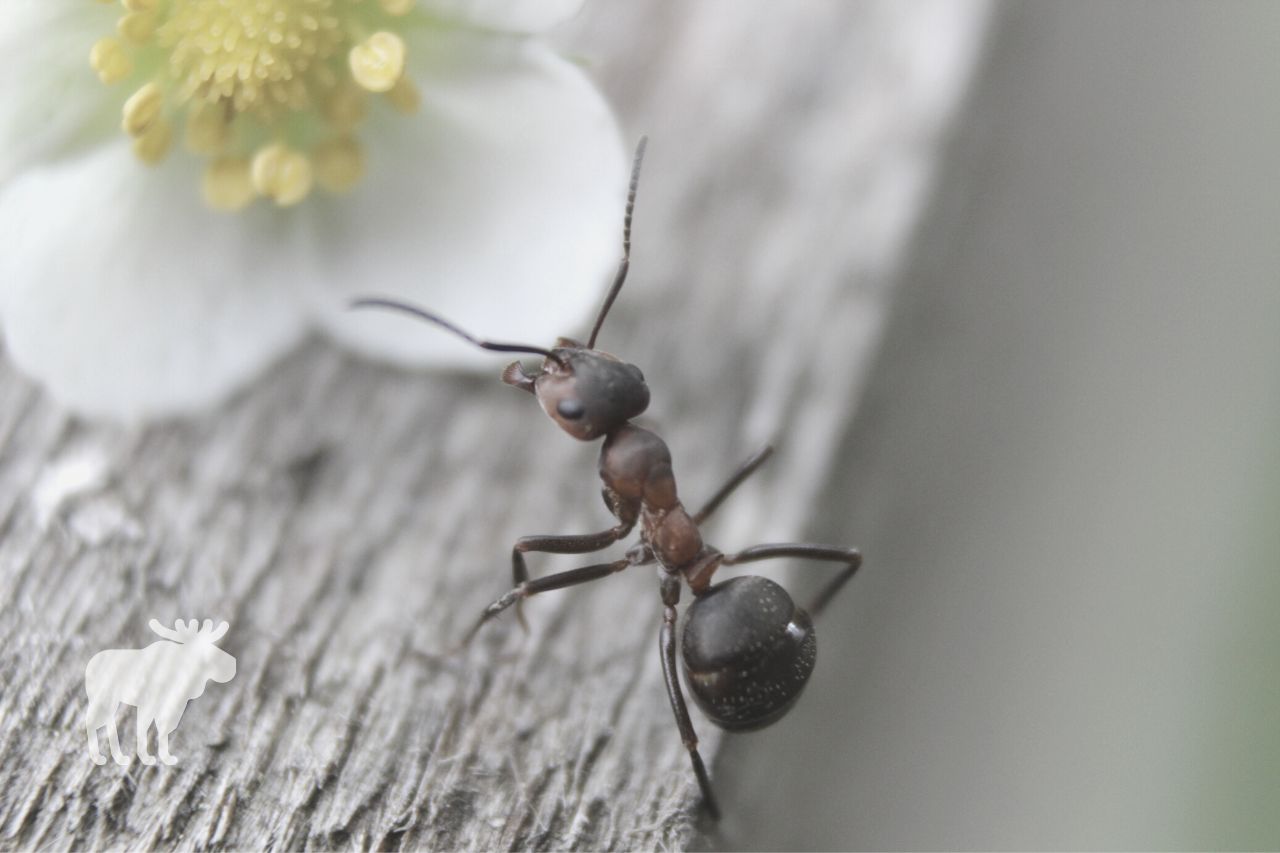Do Ants Have Brains And Hearts?
Ants are a common sight throughout the world. You may have observed a group of ants working together to steal a cookie crumb or fight off other insects, and perhaps this led you to wonder about their intelligence. How smart are ants? Do they have brains and hearts? What about other internal organs? What is … Read more









